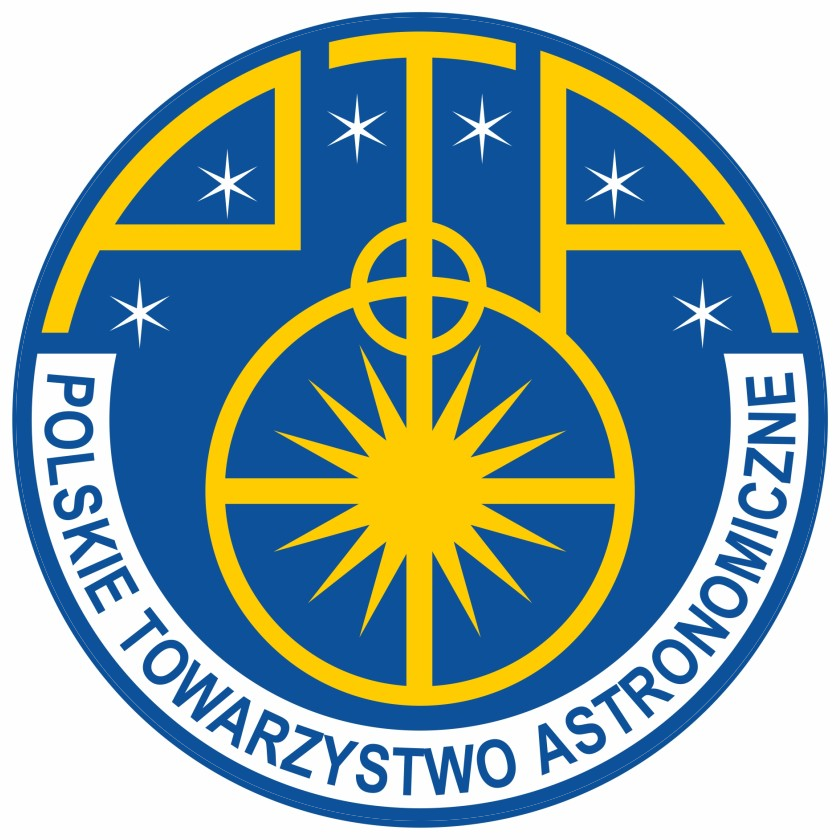Marius Peper
Instytut Astronomii, Uniwersytet Mikołaja Kopernika
Sesja VII: Kosmologia i ewolucja galaktyk
Czwartek 14.09.2023 14:45 – 15:00
abstrakt:
Light bundles propagating through the Universe will experience distortion due to the three-dimensional matter distribution. The measured distortion of the light bundles thus will contain information about the matter distribution and more specificly about the cosmic voids.
In this talk I will present an analysis to what degree sky-plane geometric-optics maps can reveal the presence of intrinsic three-dimensional voids. We study the effect in cosmological N-body simulations in which we have full information about the matter distribution and no detector errors.
We infer three-dimensional void structures using a watershed void finder.
Independently, we calculate a surface overdensity map and maps of the weak gravitational lensing scalars (which are widely used in observations) and the Sachs optical scalars. We propose and implement a heuristic algorithm for detecting (projected) radial void profiles from these maps.
We find in our simulation that given the sky-plane centres of the three-dimensional watershed-detected voids, there is significant evidence of finding corresponding void centres in the surface overdensity, the averaged weak-lensing tangential shear, the Sachs expansion, and the Sachs shear modulus.
Recovering the centres of the three-dimensional voids from the sky-plane information alone is highly significant given the Sachs optical scalars in our analysis.
This investigation shows preliminary evidence encouraging observational studies of gravitational lensing through individual voids, either blind or with spectroscopic/photometric redshifts.
